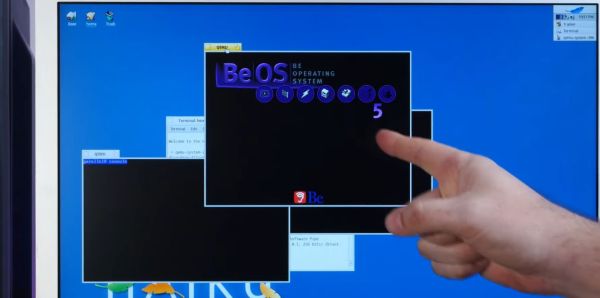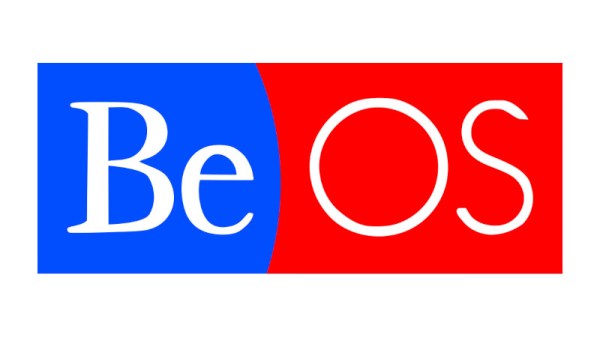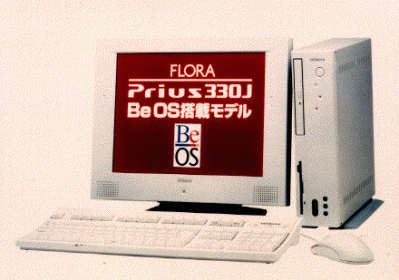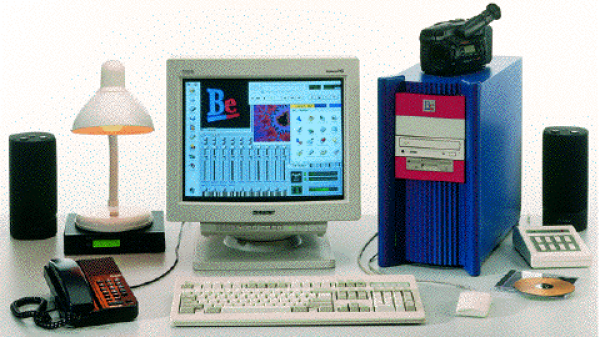The name BeOS is one which tends to evoke either sighs of nostalgia or blank stares, mostly determined by one’s knowledge of the 1990s operating system scene. Originally released in 1995 by Be Inc., it was featured primarily on the company’s PowerPC-based BeBox computers, as well as being pitched to potential customers including Apple, who was looking for a replacement for MacOS. By then running on both PowerPC and x86-based systems, BeOS remained one of those niche operating systems which even the free Personal Edition (PE) of BeOS Release 5 from 1998 could not change.
As one of the many who downloaded BeOS R5 PE and installed it on a Windows system to have a poke at it, I found it to be a visually charming and quite functional OS, but saw no urgent need to use it instead of Windows 98 SE or 2000. This would appear to have been the general response from the public, as no BeOS revival ensued. Yet even as BeOS floundered and Be Inc. got bought up, sold off and dissected for its parts, a group of fans who wanted to see BeOS live on decided to make their own version. First called OpenBeOS and now Haiku, it’s a fascinating look at a multimedia-centric desktop OS that feels both very 1990s, but also very modern.
With the recent release of the R1 Beta 5 much has been improved, which raises the interesting question of how close Haiku is to becoming a serious desktop OS contender.
Continue reading “Haiku OS’s Beta 5 Release Brings Us Into A New BeOS Era”
















